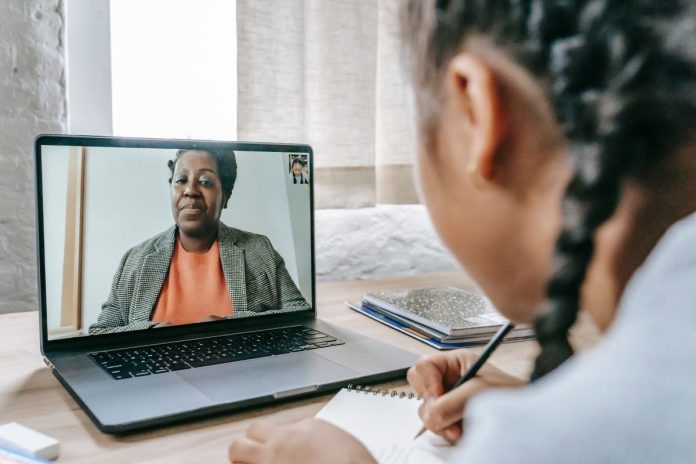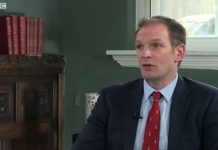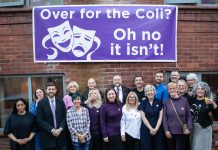30% of young people aged 11-16 report having had private tuition, up from 27% pre-pandemic, and is at the highest levels since 2005, when it stood at 18%.
The report out today by the Sutton Trust provides a detailed picture of trends in the use of private tutoring as well as the extra tuition offered by schools in the wake of the pandemic.
There are stark regional disparities in the use of private tuition, with 46% of pupils in London having ever had private tutoring, compared to 21% in Wales and 16% in the North East.
The findings are drawn from the Ipsos Young People Omnibus, an annual survey of pupils aged 11-16 in state schools in England and Wales, in which the Sutton Trust first asked questions about private tutoring in 2005. Young people taking part in the survey in 2022 were also asked if they had in-school tutoring. While 11% of 11-16 year-olds said they had private tutoring within the 2021/22 school year, a greater proportion, 24% had extra tuition at school – 34% of those in the worst-off households, compared to 22% in the most well-off.
The Ipsos survey findings are echoed by new data from the COVID Social Mobility and Opportunities (COSMO) Study, a national longitudinal cohort study of young people currently in Year 13 or equivalent in England, led by UCL and the Sutton Trust. 18% of COSMO participants said they undertook some private tutoring in Year 10 or 11, with wide inequalities in those who were taking it up. For those from the most well-off households by household income, rates were 32%, compared to 13% for the worst-off.
However, this picture is dramatically different when looking at the take-up of in-school tutoring. 32% of those in the worst-off households reported taking up extra tuition in school, compared to 22% in the most well-off. The total proportion of pupils accessing any form of tutoring (both private and in-school) is now almost level between the most and least deprived, thanks to the growth of in-school tutoring, with 39% of those from the most well-off households accessing tutoring, compared to 37% of those from the worst-off. The data also shows that regions with the lowest rates of private tutoring, such as the North East, East Midlands and Yorkshire, have the highest rates of in-school tutoring take-up.
The authors say that while use of private tutoring is continuing to rise, particularly for young people from the most well-off families, the National Tutoring Programme is allowing a much wider group of pupils to access tutoring, with the potential to help level the playing field between the most and least disadvantaged, if issues with delivery and targeting can be addressed.
The report provides an overview of the NTP and how it has been delivered to date, concluding that the early focus of the programme on quality provision was drowned out by an overriding objective to scale up. The researchers say this must be rebalanced towards quality, to ensure value for money and effectiveness of in-school tutoring going forward.
Sir Peter Lampl, Founder and Chairman of the Sutton Trust and Chairman of the Education Endowment Foundation, said:
“Private tutoring reinforces the advantages of young people from well-off families. In an increasingly competitive environment for school and university places, the use of private tutoring has risen from 18% in 2005 to 30% now.
Although there have been issues with delivery, the National Tutoring Programme has been an exciting new development. It has changed the landscape of tutoring, giving young people the opportunity to receive tuition who would never have been able to afford it. Rather than treating it as a short-term catch-up programme, it should be part of an ongoing national effort to tackle the attainment gap.”







